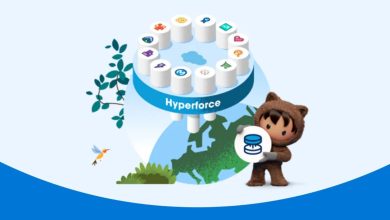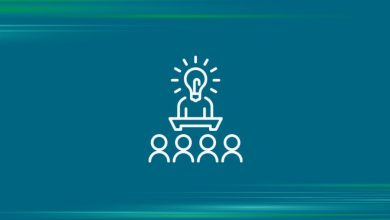Just How Much Insight Can ERP Deliver From Your Data?

In its infancy, Enterprise Resource Planning (ERP) was created for large manufacturers as a one-stop shop to manage every process in the business. This meant ERP software was used to look after the workflows of production, like ordering and installing product components (i.e. screw-bolts), all the way to creating invoices for the company’s clients. ERP also optimises data and IoT across all departments, thus eliminating unnecessary data silos.
Since its creation, ERP has gone through development and specialisation by multiple companies across industries as a management software system, mostly for simplifying and optimising company tech operations. These developments were made by asking important questions such as, “How can we fully understand or be sure of what ERP is fixing/improving if we can’t see visualised enriched data from it?” In other words: How can ERP not only manage but also provide insight?
The answer to this question is – better integration with Business Intelligence Tools (BI). This is one crucial upgrade that ERP has taken on since its origins in the 1960s. Companies like SYSPRO have made it so their ERP gives and takes from integrating with BI. SYSPRO ERP uses data insight from BI to understand where to act and optimise accurately based on BI’s historical and predictive analysis, while also being able to relay data back in real-time from its actions for BI to present useful data analytics. This data could be recording what actions ERP made and when, or it could be data showing the progression of workflow processes like purchase orders or payrolls.
To sum that point up:
- ERP is the management solution in the present or ‘here and now’.
- BI oversees the past, present and future – the bigger picture.
- ERP and BI can integrate, significantly guiding each other in their respective purposes.
Imagine using BI and ERP for something like marketing. BI analyses products currently selling well and predicts what products will be in demand in the future. ERP uses this data to optimise marketing workflows, changing where and what budget amount marketing should use for advertising on a particular product.
This is only one example of effectively using BI and ERP together. ERP comes in many variants/specifications and can even be customised in SYSPRO’s case. If correctly utilised, the potential of integrating ERP with BI is a company’s best bet for maximum efficiency and insight.




